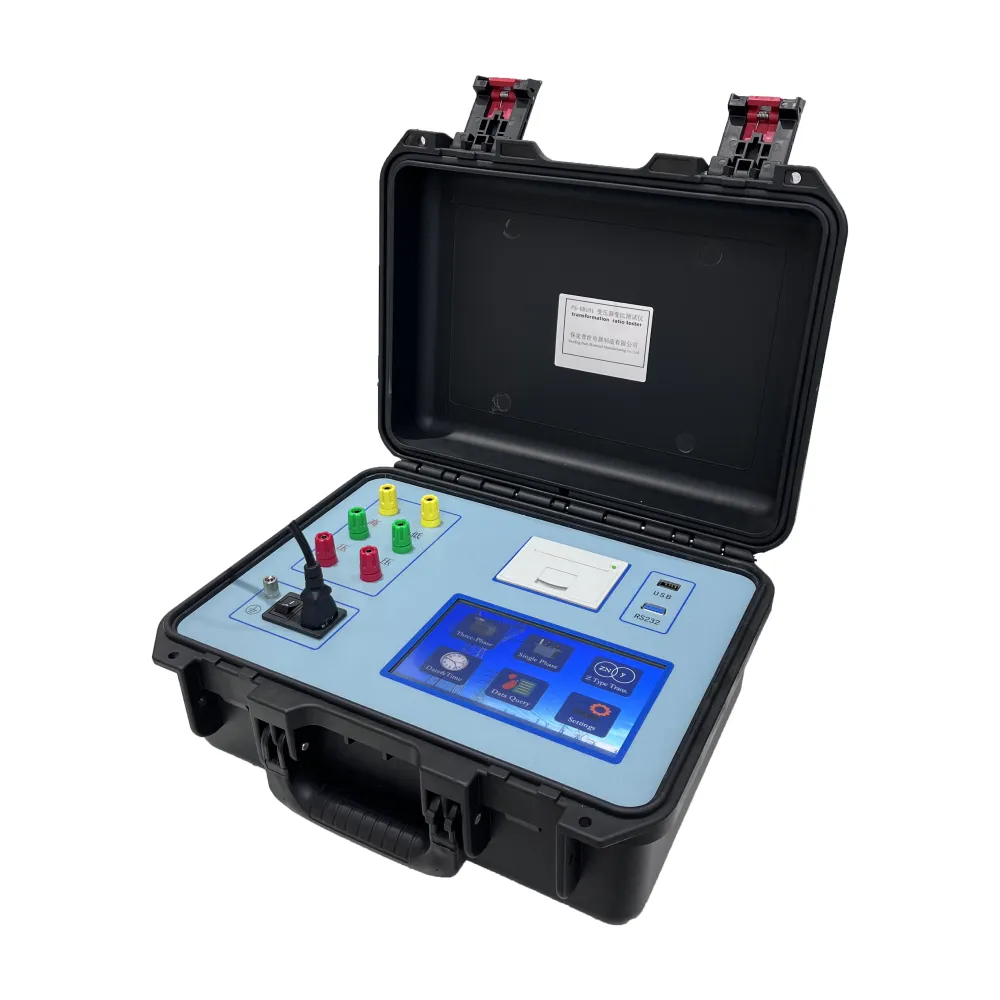 English
English



-
 Afrikaans
Afrikaans -
 Albanian
Albanian -
 Amharic
Amharic -
 Arabic
Arabic -
 Armenian
Armenian -
 Azerbaijani
Azerbaijani -
 Basque
Basque -
 Belarusian
Belarusian -
 Bengali
Bengali -
 Bosnian
Bosnian -
 Bulgarian
Bulgarian -
 Catalan
Catalan -
 Cebuano
Cebuano -
 China
China -
 China (Taiwan)
China (Taiwan) -
 Corsican
Corsican -
 Croatian
Croatian -
 Czech
Czech -
 Danish
Danish -
 Dutch
Dutch -
 English
English -
 Esperanto
Esperanto -
 Estonian
Estonian -
 Finnish
Finnish -
 French
French -
 Frisian
Frisian -
 Galician
Galician -
 Georgian
Georgian -
 German
German -
 Greek
Greek -
 Gujarati
Gujarati -
 Haitian Creole
Haitian Creole -
 hausa
hausa -
 hawaiian
hawaiian -
 Hebrew
Hebrew -
 Hindi
Hindi -
 Miao
Miao -
 Hungarian
Hungarian -
 Icelandic
Icelandic -
 igbo
igbo -
 Indonesian
Indonesian -
 irish
irish -
 Italian
Italian -
 Japanese
Japanese -
 Javanese
Javanese -
 Kannada
Kannada -
 kazakh
kazakh -
 Khmer
Khmer -
 Rwandese
Rwandese -
 Korean
Korean -
 Kurdish
Kurdish -
 Kyrgyz
Kyrgyz -
 Lao
Lao -
 Latin
Latin -
 Latvian
Latvian -
 Lithuanian
Lithuanian -
 Luxembourgish
Luxembourgish -
 Macedonian
Macedonian -
 Malgashi
Malgashi -
 Malay
Malay -
 Malayalam
Malayalam -
 Maltese
Maltese -
 Maori
Maori -
 Marathi
Marathi -
 Mongolian
Mongolian -
 Myanmar
Myanmar -
 Nepali
Nepali -
 Norwegian
Norwegian -
 Norwegian
Norwegian -
 Occitan
Occitan -
 Pashto
Pashto -
 Persian
Persian -
 Polish
Polish -
 Portuguese
Portuguese -
 Punjabi
Punjabi -
 Romanian
Romanian -
 Russian
Russian -
 Samoan
Samoan -
 Scottish Gaelic
Scottish Gaelic -
 Serbian
Serbian -
 Sesotho
Sesotho -
 Shona
Shona -
 Sindhi
Sindhi -
 Sinhala
Sinhala -
 Slovak
Slovak -
 Slovenian
Slovenian -
 Somali
Somali -
 Spanish
Spanish -
 Sundanese
Sundanese -
 Swahili
Swahili -
 Swedish
Swedish -
 Tagalog
Tagalog -
 Tajik
Tajik -
 Tamil
Tamil -
 Tatar
Tatar -
 Telugu
Telugu -
 Thai
Thai -
 Turkish
Turkish -
 Turkmen
Turkmen -
 Ukrainian
Ukrainian -
 Urdu
Urdu -
 Uighur
Uighur -
 Uzbek
Uzbek -
 Vietnamese
Vietnamese -
 Welsh
Welsh -
 Bantu
Bantu -
 Yiddish
Yiddish -
 Yoruba
Yoruba -
 Zulu
Zulu
Volumetric Titration Techniques for Accurate Water Content Analysis in Various Samples
Karl Fischer Volumetric Titration A Comprehensive Overview
Karl Fischer volumetric titration is a highly precise analytical method used for the determination of water content in various substances. Developed by the German chemist Karl Fischer in 1935, this technique quickly became a cornerstone in laboratory analysis, particularly in the fields of pharmaceuticals, food industry, petrochemicals, and environmental testing. This article aims to provide a comprehensive overview of the method, its principles, procedures, and applications.
Principles of Karl Fischer Titration
The Karl Fischer titration is based on a chemical reaction that quantitatively measures the amount of water in a sample. The reaction involves iodine (I2), sulfur dioxide (SO2), a base (commonly imidazole), and water. The stoichiometry of the reaction can be simplified as follows
\[ 2I_2 + SO_2 + 2H_2O \rightarrow 2HI + H_2SO4 \]
In this reaction, each molecule of water reacts with iodine in the presence of sulfur dioxide, forming hydroiodic acid and sulfuric acid. The endpoint of the titration is achieved when all the water in the sample has reacted, and there is a slight excess of iodine in the solution, which can be detected by various methods, typically by a change in color.
Types of Karl Fischer Titration
There are two primary types of Karl Fischer titration volumetric and coulometric.
1. Volumetric Karl Fischer Titration Involves the addition of a titrant to the sample. This titrant is a reagent solution containing iodine and is delivered from a burette. The volume of titrant used gives a direct indication of the water content in the sample. This method is suitable for samples with a higher water content (typically above 0.1% moisture).
2. Coulometric Karl Fischer Titration Uses electrochemical generation of iodine, where the iodine is produced in-situ by passing an electric current through the electrolyte solution. This method is particularly effective for samples with a low water content (down to micrograms of water).
Procedure for Volumetric Karl Fischer Titration
The procedure for performing a volumetric Karl Fischer titration involves the following steps
karl fischer volumetric titration

2. Addition of Reagent The Karl Fischer reagent (composed of iodine, sulfur dioxide, and a base) is added to the vessel. The sampling environment should be controlled to minimize moisture interference.
3. Titration The titration process begins, and the reagent is gradually added to the sample while stirring continuously. The endpoint is reached when a slight excess of iodine is present.
4. Calculation The amount of water in the sample is calculated based on the volume of reagent used, using the known stoichiometric factors of the reaction.
Applications of Karl Fischer Titration
Karl Fischer volumetric titration finds extensive applications across various industries
- Pharmaceuticals Precise measurement of moisture content in active pharmaceutical ingredients (APIs) and finished products is crucial for ensuring stability and efficacy.
- Food and Beverage Quality control in food production often requires monitoring moisture levels, as they can affect texture, shelf life, and flavor.
- Petrochemicals Measurement of water content in fuels and lubricants is vital for preventing corrosion and ensuring operational efficiency.
- Environmental Analysis Karl Fischer titration is also used in assessing moisture content in soils, sediments, and wastewater.
Conclusion
Karl Fischer volumetric titration is an invaluable tool in analytical chemistry, providing accurate and reliable measurements of water content in various materials. Its adaptability and precision make it an essential technique across multiple industries, reinforcing its significance in quality control and regulatory compliance. As technology advances, the method continues to evolve, ensuring its relevance in modern analytical laboratories.
-
Ensuring SF₆ Gas Safety: Introducing PUSH’s Integrated SF₆ Analyzer for Dew Point, Purity, and Decomposition MonitoringNewsJul.10,2025
-
Exploring the Main Types of Industrial Endoscopes and Their Applications Across IndustriesNewsJul.04,2025
-
Testing Equipment Industry Sees Major Advancements in 2025: Smart & Precision Technologies Lead the WayNewsJun.06,2025
-
Applications of Direct Current Generators in Renewable Energy SystemsNewsJun.05,2025
-
Hipot Tester Calibration and Accuracy GuidelinesNewsJun.05,2025
-
Digital Circuit Breaker Analyzer Features and BenefitsNewsJun.05,2025



